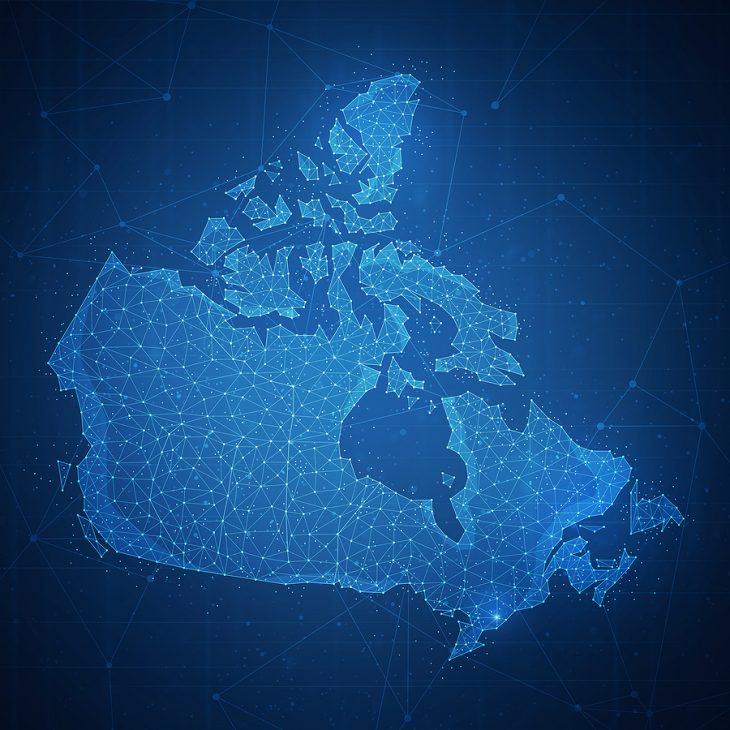
Department has a contract out for hyper-precision measurements
By Ahmad Hathout
OTTAWA – The Ministry of Innovation, Science and Industry has a contract for more detailed broadband mapping methods that, if successful, may inform future program decisions that will go beyond the existing — yet still new — 250-metre increments that underpins the Universal Broadband Fund (UBF).
That’s according to an ISED spokesperson in response to questions from Cartt.ca about what a new contract on the government’s buy-and-sell website Friday will do for the future of accurate broadband mapping. The ministry has already pre-selected a Toronto artificial intelligence company for the work. The contract is worth $99,300.
“The data will be used for development and evaluation purposes,” an ISED spokesperson told Cartt.ca. “It will help prepare for possible future use if it can provide higher precision and accuracy when compared with the 250 meter mapping.”
That could be as accurate as 50 centimetres or better using satellite or aerial imagery, the contract said.
The contract is for a proof-of-concept to “identify the building footprints for broadband addressable locations in two test locations in Canada.” That means, the government is seeking to map homes in rural areas that want broadband access at a much higher degree of precision, it said. It, therefore, must be able to eliminate objects like sheds, gazebos, barns and patios.
The end product, which will involve the use of machine learning, predictions modeling and metadata, will then be licensed to ISED for one year starting on March 15, 2021 for internal purposes, the contract said.
The 250-metre measurement is a relatively new addition, introduced in November with the call for applications for the $1.75-billion UBF. These measurements determine, with more precision, which areas of the country have adequate levels of broadband to ensure efficient use of government funds.
Other programs, including the federal Connect to Innovate program and the CRTC’s Broadband Fund, use an older 25-square-kilometre hexagon map. If one household inside the hexagon meets a speed threshold determined by the program, the entire area becomes ineligible for subsidies. Critics often argued that is far too big of a mapping area to measure connectivity and means more areas are excluded from important government dollars.
The contract document says the “data is needed for more accurate planning, execution, monitoring and reporting on [federal] broadband programs, including the recently launched” UBF. The contract not only fulfills the government’s goal of more specific broadband data mapping — a pursuit not unique to Canada, but also challenging for the U.S.‘s FCC — but it also aligns with ISED’s broader agenda to make use of big data.
In 2017, then-ISED Minister Navdeep Bains announced the government’s commitment to using big data — an increased number of data sources and how they’re analyzed — to accomplish its innovation agenda. To this end, ISED has pre-selected Toronto-based big data company Ecopia to do the new broadband mapping work (ISED provided an advanced notice on the contract reward). The company will be tasked with developing a new data source and analytical techniques.
The contract document also says the commissioned work will be used by the Communications Research Center (CRC), the research and development arm of ISED, ”in its research to develop novel approaches for improved use of radio spectrum, based on data analytics and data science.”



